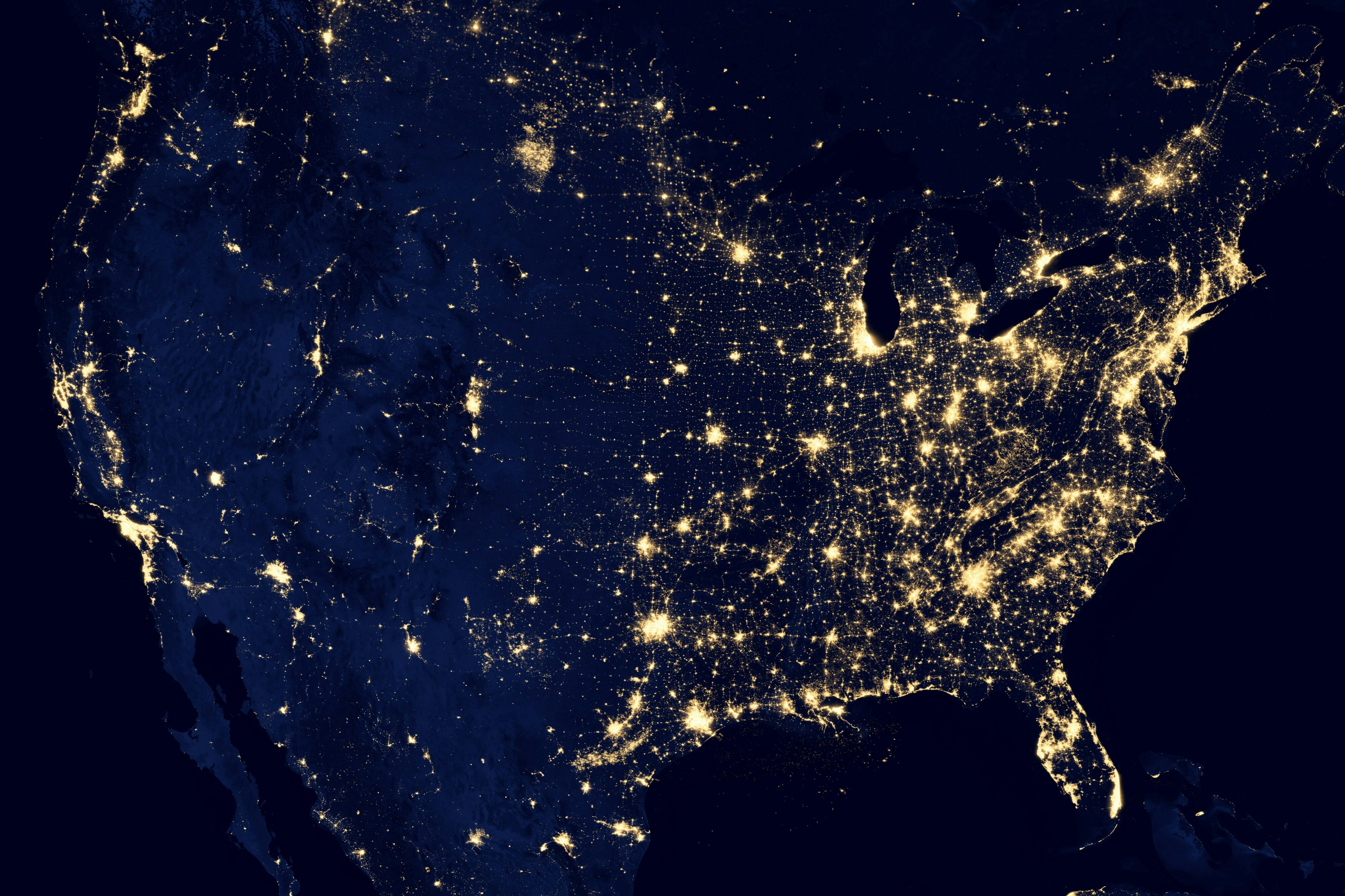LiDAR Storage and Analysis: What’s Next?


LiDAR is an incredible technology that captures our world in 3D: terrain, cities, building interiors, and more. It works by scanning the environment with pulses of laser light, many times per second, and measuring reflections. The result is an enormous number of tightly spaced points in 3D, revealing both surfaces (e.g. ground, building faces) and less regular objects (e.g. vegetation).
While it offers many benefits, LiDAR’s large data sizes make it challenging to work with using traditional tools. So, it’s reasonable to ask: “How is LiDAR data being stored and queried today?”, and “What are the future trends?”
As an industry, we’ve asked and answered similar questions about vector and raster geospatial data before. The first approaches to storing vector (geometric) data in databases used numeric columns to represent positions as x/y or lat/long. Later, standard approaches were devised to store vector data using native database types and to enable interoperability between databases and applications. Raster (image) data hasn’t achieved the same level of standardization; database vendors differ in whether they offer native types for raster data and what query and transformation capabilities they provide. LiDAR data, generally referred to as point clouds, is even closer to the leading edge, and we are early in the evolution of storage and access models for this kind of data.
So, where are we today? A lot of LiDAR data is stored in files: in the standard LAS format, in text files, or in other proprietary formats. I’m aware of two spatial databases which have created native storage types: Oracle and ESRI’s Geodatabase. (Please comment if you know of others.) However, just as with early vector data storage, solutions based on existing data types (typically numeric X/Y/Z or 2D point + numeric Z, along with other attributes) have been used successfully. I’m confident that the advantages of consolidated storage, querying, and transformation will eventually shift the preferred storage medium for LiDAR data from files to database systems.
How are you storing your LiDAR data today? How are you planning on storing it in future? I’d love to hear how your choices have enabled (or sabotaged) the use cases important to you.





